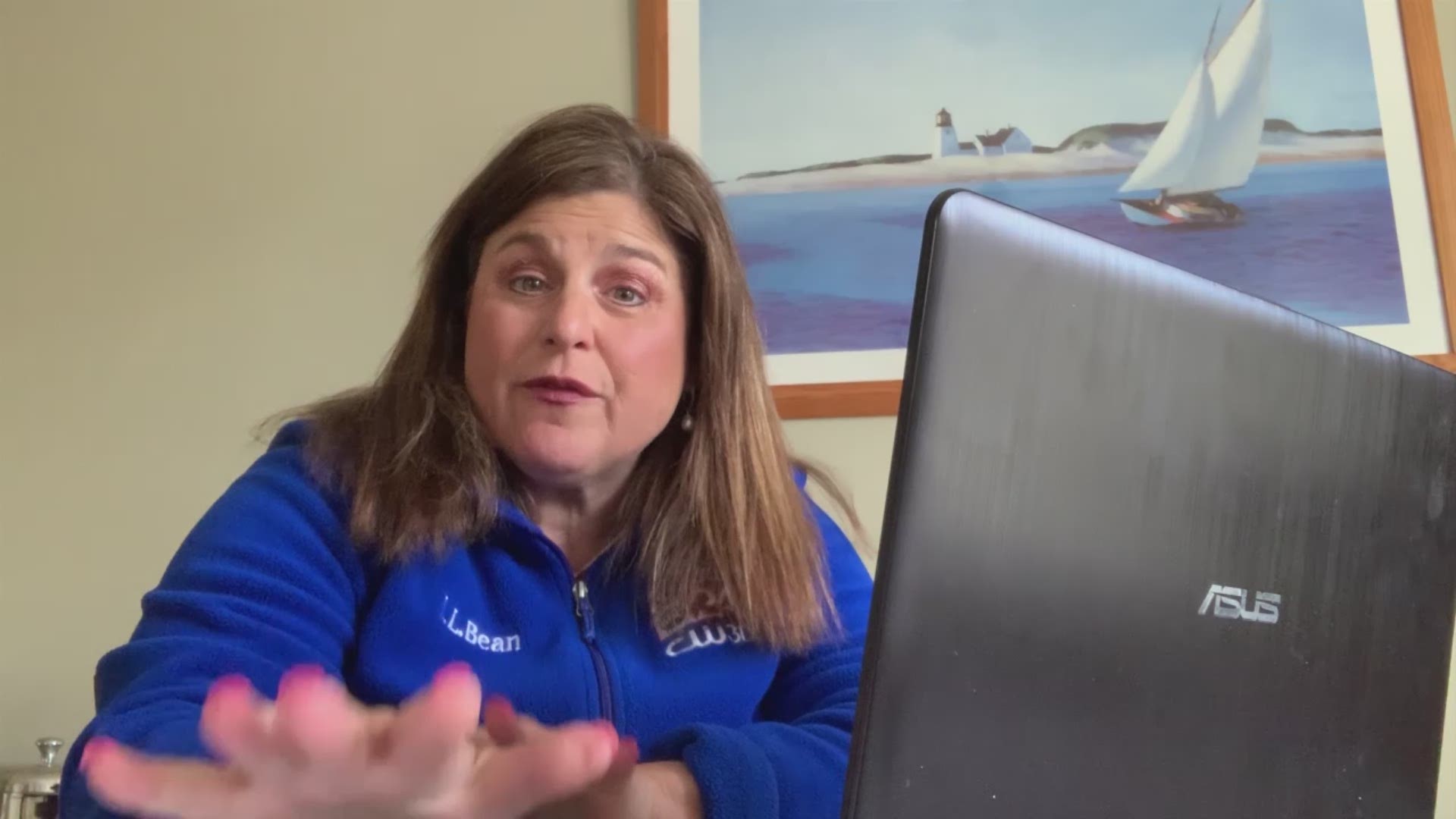MEMPHIS, Tennessee —
The Trump administration announced Tuesday expanded Medicare telehealth coverage that will enable more people to get expanded coverage via virtual visits. This will allow people to see a doctor without leaving their home.
Prior to the announcement, Medicare was limited in the types of telemedicine visits it would pay for. In a news release, the Centers for Medicare and Medicaid Services said the change will allow greater access to healthcare during this Covid-19 outbreak by allowing people to seek medical care while practicing social distancing.
So, how do you use telehealth? That's what the Local I-Team wanted to know. We discovered there is no "one stop shop" or a single way to access a virtual doctor. Just like people have different types of insurance, there are different ways to reach a Teladoc. Different insurance companies may use different telemedicine platforms. You may work for a company with regular insurance, but when it comes to telemedicine, your company may have a 3rd party policy for telehealth.
In addition to companies that offer telemedicine through insurance, there are private pay doctors. An internet search will turn up an array of companies that allow you to pay a flat fee cash to see a doctor online.
Or, your local doctors office may be set up to offer virtual visits. Those working in telemedicine say this is a relatively new landscape.
There are lots of platforms that can be used, and the changes announced Tuesday have companies scrambling to get things up and running to handle the expected increase in telehealth visits.
Typically how it works is a person goes to the telemedicine website and sets up an account. This is where you include your insurance information. Once that is complete, you are routed to a provider. You may be able to access that provider right away or you may be placed on the providers schedule. If that is the case, the provider then sends you an email. You click on a link in the email and it connects you to your virtual visit.
Providers say the biggest challenges are internet connectivity, the customers’ data plans, and older patients not understanding how to use the technology.
We're told it’s perfect for routine visits, prescription refills, or anything that does not require lab work.
Given the Trump administration announcement, the American Telemedicine Association is calling on governors to waive certain telemedicine restrictions to help combat Covid-19.
“Requirements that a provider be licensed in the state where a patient is located present significant challenges to rapidly expanding access to care as we work to combat COVID-19,” said Ann Mond Johnson, CEO, the ATA.
“In light of today’s guidance from CMS regarding Medicare coverage and payment of telehealth and virtual services, we encourage states to modify requirements on the type of telehealth modalities and technologies that providers can use, which will help ensure timely triaging and treatment of patients, much like what Florida, Mississippi, North Carolina and others have already done. Providers should be able to use every tool at their disposal to help keep health care workers safe and ensure that resources are reserved for those individuals in need of in-person care,” added Mond Johnson.
“We encourage states that have not already waived these restrictions to do so as soon as possible to ensure health care providers can quickly expand access to virtual services.”
ARCare is a company that provides telemedicine in Arkansas, Mississippi, and Kentucky. While the company has 53 physical locations for patients, it has 28 telemedicine clinics.
Will Moore is ARcare's General Counsel. Moore says given today’s announcement, ARCare expects the number of people accessing the companies telemedicine clinics will go up.
"This will allow patients to get to doctors to manage their needs such as standard check ups. It’s a comfortable way for patients to get to us," said Moore.
He said the changes got some of the red tape out of the way which will allow patients to receive care without physical interaction which has the potential to further spread of Covid-19.
Moore added it will also allow doctors to screen for Covid-19 without potentially exposing people in waiting room areas of a clinic. Moore said by screening someone virtually first, if needed, the patient could then be sent to a brick and mortar clinic for a physical exam, urgent care or hospital if needed.

